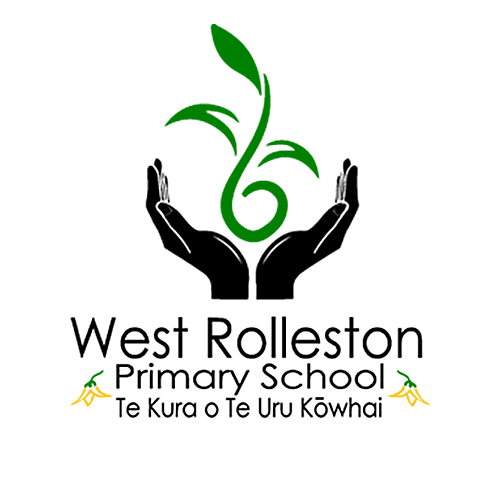
Our Journey
Our Story, Our Cultural Narrative
From the 4 July 2013 consultation occurred between the Ministry of Education and Boards of Trustees in Selwyn regarding the provision of new schools and the effects they may have on current rolls. On the 3 March 2014 Education Minister Hekia Parata announced the establishment of two new schools for Rolleston to cater for population growth. One of these schools was a secondary school and another was a full primary school to be located in West Rolleston – our school.
An establishment Board of Trustees was formed the following month – Simon McDermott (chairperson), Denise Sheat, Sherryll Wilson, Rebecca Scott and Kate Duncan. Architectus was the appointed Architect and Southbase the selected Construction Company for the school design and build. In October the establishment Board appointed Sylvia Fidow, who resigned from her position as Principal at Shirley Primary School, to start as the new Principal of West Rolleston Primary School in January 2015.


The establishment Board chose to continue with the name of West Rolleston Primary School as it firmly located the school to its place in Rolleston, and was easily identifiable. Community consultation over the name was very favourable. In July local Ngai Tahu iwi, Te Taumutu Runanga, gifted the school its Māori name, Te Kura o Te Uru Kōwhai. A grove of Kōwhai is significant because the kowhai tree has grown in abundance in the area over time.
The school’s logo was designed to represent ‘nurturing and growing.’ The hands highlight the significance of the school community nurturing and supporting each child (depicted by the koru) to realise his or her full potential. The green and black colours were then chosen for the school’s uniform.
One of the Trustees, Denise Sheat of Te Taumutu Runanga, worked closely with the Board to share the history of the local area so it could be used to help determine some of the learning spaces within the school. The school’s internal spaces have all been chosen to reflect the history of the land and people of Rolleston from early Māori occupation through to the early European settlers, and the subsequent stages of growth through to today. Each learning studio represents the culture through a direct link to colour and the environment.
We chose kikorangi (blue) to represent the significance of the water that has helped in the formation of the Canterbury Plains/Ngā Pākahi Whakatekateka o Waitaha. We have the aquifer beneath us holding water, some evidence of underground streams flowing towards Lake Ellesmere/ Te Waihora. We have water in the water-races which since sometime in the 1880s were developed in the Rolleston area from the Rakaia and Waimakariri River headwater sources right across the driest parts of the plains. It is known that the Waimakariri at one time in the recent past, flowed out into Lake Ellesmere. It is likely that the Rolleston area would have been in its pathway. This would account for the patches of alluvial soil amongst the stonier soils of the district. There is research that says a Māori fort was in this area and those who were there were growing potatoes and turnips must have had access to water.
The lake was much larger before European farmers took up the surrounding land. They opened the Lake regularly to the sea until it was only about two thirds of its previous size to provide more land for farming. When the lake boundary came right up to at least Springston and Lincoln it is feasible that the water level in the surrounding districts, such as Rolleston, would have been higher.
Now we have wells supplying our towns’ water system and irrigation on surrounding farms and we have to treasure it.
We chose kākāriki (green) to represent the plantings which grew in the vicinity of the lake and nearby streams, and rivers such as the Waimakariri and Waikirikiri (Selwyn). These include harakeke/flax, ferns, toetoe and raupo.
We chose kōwhai (yellow) to represent the resilience of our national tree, also believed to have grown in abundance in the Selwyn area.
The colours we chose for our Entrance, Office Area and Library Space - We chose whero (red) to represent Papatūānuku, the important ancestor of Māori mythology who is sometimes translated as the Earth Mother. Whero represents the land/whenua which sustains us.
During the time of moahunters it is understood that fire, fanned by the NorWest Wind (Te Mauru) swept across the Canterbury Plains and burnt much of the forest cover. In more recent times in this vicinity there was fire danger from the Railway and on one occasion it swept across the dry paddocks as far as Dynes Rd and the students from Lincoln University were hastily summoned to beat it out.
All that we have learned about the past resonates with our values and the importance of sustainable environments, respect and care, culture, diversity, inclusion and whānau, family and the community as we look to provide a future focused education for our learners.

